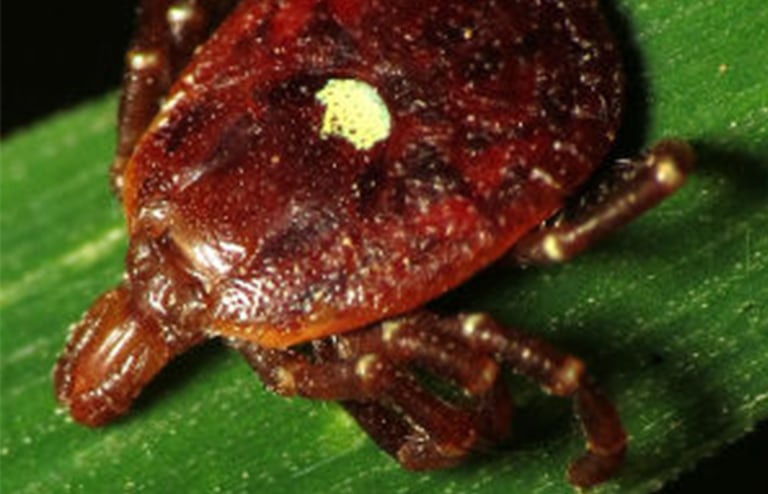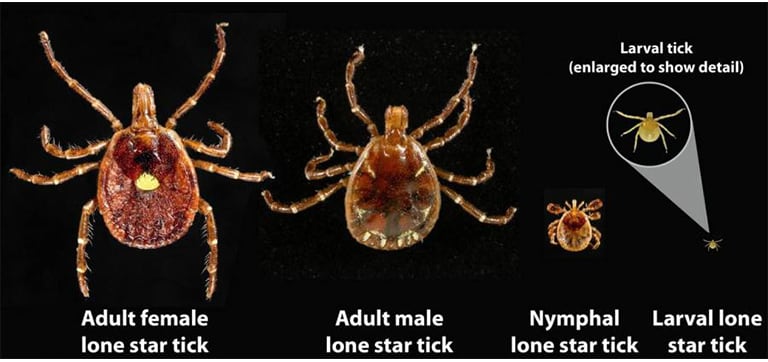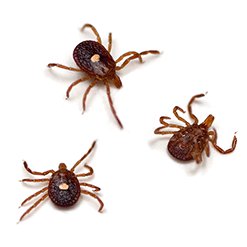In cultures around the world, sitting down for dinner—sometimes en masse—is a staple for dietary practice, playing a significant role in the community and interpersonal relationships. Often, these meals include some form of meat, specifically beef and pork.
In fact, we as Americans average consume about 270 pounds of meat per person, every year—more than basically every country on Earth.
Now, what would happen if after eating meat your whole life, your body all of a sudden started to reject a burger? Or a piece of bacon?
Kansas City mom Sharon Fletcher was traveling with her daughter and her son-in-law. She had recently eaten a hamburger a couple of hours outside her hometown when soon after she started feeling violently ill. She recounted that her hands and feet started itching and her throat was closing. What is happening?, she no doubt thought. Fletcher had surely eaten hamburgers before, and food poisoning wasn’t this severe and that quick.
The culprit was a lone star tick.






